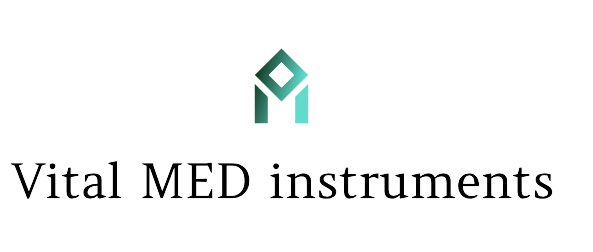Sing Up For The Newsletter And Recive 10 % Discount
USAGE OF DENTAL INSTRUMENTS
Dental instruments are essential tools used by dentists, dental hygienists, and other dental professionals to perform various procedures and treatments to maintain oral health. These instruments are specifically designed for different purposes and are used in dental clinics and offices worldwide. Here are some common dental instruments and their typical uses:
- Mouth Mirror: This small, round mirror attached to a handle is used to provide a clear view of the patient’s teeth and oral cavity. It helps the dentist or hygienist examine hard-to-reach areas, such as the back of the mouth.
- Dental Probe/Explorer: This instrument has a slender, hook-shaped end that dentists use to examine teeth for cavities, plaque, and other dental issues. The explorer allows them to feel for soft spots, irregularities, and surface texture.
- Scaler: Dental scalers are used to remove plaque, tartar (calculus), and stains from the teeth. They come in various designs and are typically used to clean the tooth surfaces above the gum line.
- Curettes: Curettes are similar to scalers but have rounded ends. They are commonly used to remove plaque and tartar from the tooth surfaces below the gum line (subgingival scaling).
- Dental Drill (Handpiece): The dental drill, also known as a handpiece, is a high-speed instrument used to remove decayed portions of teeth during cavity preparation. It operates at different speeds and is essential for various dental procedures, including fillings and root canal treatments.
- Dental Elevator: Dental elevators are used to loosen teeth from their sockets before extraction. They help elevate and detach the tooth from the surrounding tissues.
- Forceps: Dental forceps are designed to grasp and remove teeth from the mouth. Various types of forceps exist for specific tooth locations and extraction techniques.
- Dental Syringe: The dental syringe is used to administer local anesthesia to numb the area before performing dental procedures like fillings, extractions, or root canals.
- Dental Impression Trays: These are used to create precise molds of a patient’s teeth and surrounding tissues for various purposes, such as creating crowns, bridges, or dentures.
- Air/Water Syringe: This instrument combines compressed air and water to rinse and dry specific areas of the mouth during dental procedures.
- Dental X-ray Machine: Although not a hand-held instrument, dental X-ray machines are essential in dental practices for capturing images of teeth and underlying structures to diagnose various dental conditions.
It’s important to note that dental instruments should be handled by trained professionals to ensure safe and effective usage. Proper sterilization and maintenance are also crucial to prevent cross-contamination and maintain patient safety.
